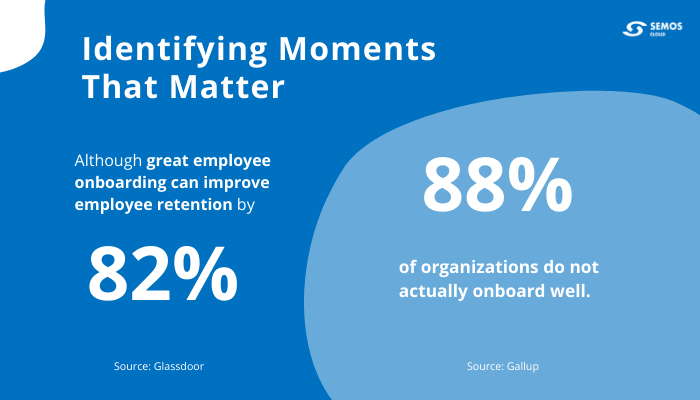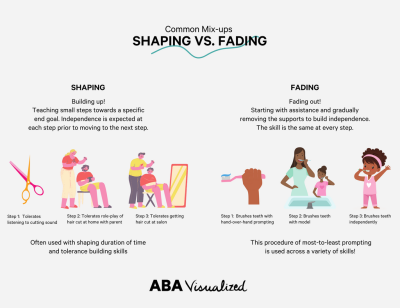In today’s fast-paced digital landscape, editorial photography plays a crucial role in storytelling, capturing moments that resonate with audiences. Getty Images, a leading visual content provider, showcases the power of editorial photography by focusing on real-life events and meaningful narratives that shape our understanding of the world.
The Importance of Editorial Photography in Storytelling

Editorial photography serves as a visual narrative, bringing stories to life and connecting viewers with real experiences. It captures the essence of events, people, and cultural moments, presenting a view of the world that is both authentic and relatable. Different from commercial photography, which aims to sell a product or service, editorial photography focuses on conveying a message, often tied to current events or social issues. By showcasing raw emotion and genuine moments, editorial images often evoke empathy and understanding, making them a powerful tool for storytelling.
These photographs not only inform but also inspire individuals, enhance articles, and provide context to written narratives. In an age where images are everywhere, editorial photography stands out by providing context and truth, allowing audiences to engage with stories on a deeper level. This medium is essential for journalists, publishers, and brands looking to create impactful content that resonates with viewers.
How Getty Images Curates Powerful Editorial Content

Getty Images has established itself as a leader in the editorial photography space by thoughtfully curating powerful content that reflects diverse perspectives and global narratives. The company collaborates with photographers around the world, ensuring a wide range of voices and styles are represented in their collections. This approach not only showcases the technical talent of photographers but also highlights the pressing social and political issues of our time.
Getty Images employs a rigorous editorial process, selecting images that resonate with audiences and meet high standards of quality and relevance. Their archives include iconic moments from history, as well as contemporary events, making it an invaluable resource for media outlets, marketers, and social platforms. This commitment to quality and relevance enables clients to find the right imagery that enhances their storytelling while honoring the authenticity of the captured moments.
How to Choose the Right Editorial Images for Your Project
Choosing the right editorial images for your project can feel overwhelming, especially with so many options available. Editorial images have the power to elevate your content, tell a story, and engage your audience. Here are some tips to help you make the right choices:
- Define Your Purpose: Before diving into the image selection process, clarify what you want to convey. Are you aiming to inform, inspire, or entertain? Understanding your project’s goals is crucial.
- Consider Your Audience: Know who you’re targeting. An image that resonates with professionals may not have the same impact on a younger, more casual audience. Tailor your selections accordingly.
- Match the Tone: The tone of your content should align with the visuals. For example, if you’re sharing a serious article on climate change, choose images that reflect the gravity of the situation.
- Look for Authenticity: Editorial photography shines when it captures genuine moments. Seek out images that tell a real story or highlight emotions. Authentic images foster a connection with viewers.
- Quality Over Quantity: It can be tempting to include a variety of images, but a few high-quality images that align closely with your content will have a far greater impact than many mediocre ones.
Lastly, always ensure that you have the appropriate rights to use the images you choose. This will protect your project and maintain your credibility.
The Impact of Editorial Photography on Social Media
In today’s visually-driven world, editorial photography plays a vital role in how content is consumed and shared on social media platforms. Let’s explore its significant impact:
- Enhanced Engagement: Posts featuring striking editorial images receive more likes, shares, and comments. A compelling visual can draw attention in a crowded feed and encourage users to interact with your content.
- Storytelling: Editorial images can tell a story in an instant. Whether it’s capturing a moment from an event or depicting a social issue, a single image can evoke emotions and prompt discussions among your audience.
- Brand Identity: Consistent use of editorial photography helps establish your brand’s visual identity. If your images resonate with your brand values and style, they can create a recognizable presence across social media platforms.
- Viral Potential: Powerful editorial images have the potential to go viral, particularly if they touch on timely topics or trending issues. This can significantly increase your reach and introduce your content to new audiences.
- SEO Benefits: While not the primary focus, high-quality images can contribute to better search engine visibility, especially when paired with appropriate keywords and alt text. This means more users may discover your content through image searches.
In conclusion, leveraging editorial photography effectively on social media can create memorable interactions and broaden your overall impact. Choose wisely, and watch your audience engage like never before!
7. Behind the Scenes of Getty Images Editorial Selection Process
Ever wondered how Getty Images curates its extensive library of editorial images? The process is a fascinating blend of creativity, technology, and strict editorial standards. Let’s dive into the behind-the-scenes journey that brings these impactful visuals to your screen.
First, it all begins with photographers and content creators capturing moments as they happen. These images may cover a wide range of subjects, from breaking news to cultural events. The goal is to document and represent the essence of significant happenings in a way that resonates with viewers globally.
Once the images are shot, they enter the selection process. Getty’s editorial team meticulously reviews submissions based on several criteria:
- Relevance: Does the image reflect current events or significant cultural moments?
- Quality: Is the image high-resolution and aesthetically compelling?
- Authenticity: Does the image tell a true story and avoid sensationalism?
After this initial vetting, the team categorizes images into various collections, making it easier for users to find what they’re looking for. Advanced algorithms and metadata tagging play a vital role in ensuring that users can search for specific topics or events effortlessly.
In summary, the editorial selection process at Getty Images is a well-oiled machine that aims to bring you the best and most relevant visual narratives, harmoniously blending human expertise with cutting-edge technology.
8. Best Practices for Using Editorial Images Legally and Ethically
The world of editorial images is rich and diverse, but with great power comes great responsibility. Whether you’re a blogger, journalist, or content creator, using editorial images correctly is crucial. Here are some best practices to keep in mind:
Understand Licensing: Before using any editorial image, make sure you understand the licensing terms. Editorial images are often meant for non-commercial use, so using them in ads or marketing campaigns can lead to legal issues.
Attribution Matters: Always credit the photographer and Getty Images appropriately. This not only shows respect for the creator’s work but also helps you maintain ethical standards in your content.
- Include a line such as: “Photo by [Photographer’s Name] via Getty Images.”
Context Is Key: Use editorial images in a way that accurately represents the content. Avoid cropping or editing photos in a way that alters their meaning or misleads viewers.
Stay Updated: Licensing terms can change, so it’s essential to check Getty Images’ guidelines regularly. This way, you can adapt your usage accordingly and avoid any potential pitfalls.
By following these best practices, you can ethically and legally use editorial images to enhance your content while respecting the creators behind the lens. Happy creating!
Trends in Editorial Photography and What to Expect
Editorial photography has emerged as a powerful medium to convey stories, evoke emotions, and capture pivotal moments across various domains. Getty Images, a leader in this realm, showcases how editorial photography is evolving and what future trends may unfold. Here are some key trends and expectations in editorial photography:
- Diverse Representation: There is a growing demand for images that reflect the diversity of cultures, ethnicities, and identities. Editorial photographers are focusing on authentic storytelling that represents a broader spectrum of society.
- Environmental Photography: With increasing awareness of climate change, photographers are highlighting environmental issues. Expect to see more images illustrating the impact of human activity on our planet.
- Documentary Style: The raw and unfiltered approach of documentary-style photography is gaining popularity. This trend emphasizes authenticity and engages viewers by telling real stories.
- Integration of Multimedia: The fusion of photography with video content and interactive elements is becoming common. This multi-faceted approach captures attention and enhances storytelling.
- Social Media Influence: Social media platforms dictate visual trends. Editorial photographers are adapting their styles to fit various formats and audience preferences, ensuring wider reach and engagement.
Expectations for the Future
As technology and social landscapes evolve, so too will editorial photography. New tools such as AI will aid in editing and distribution, allowing photographers to focus more on creativity. We can anticipate deeper narratives, innovative styles, and a stronger emphasis on social issues, ensuring that visual storytelling remains a vital part of journalism and culture.


